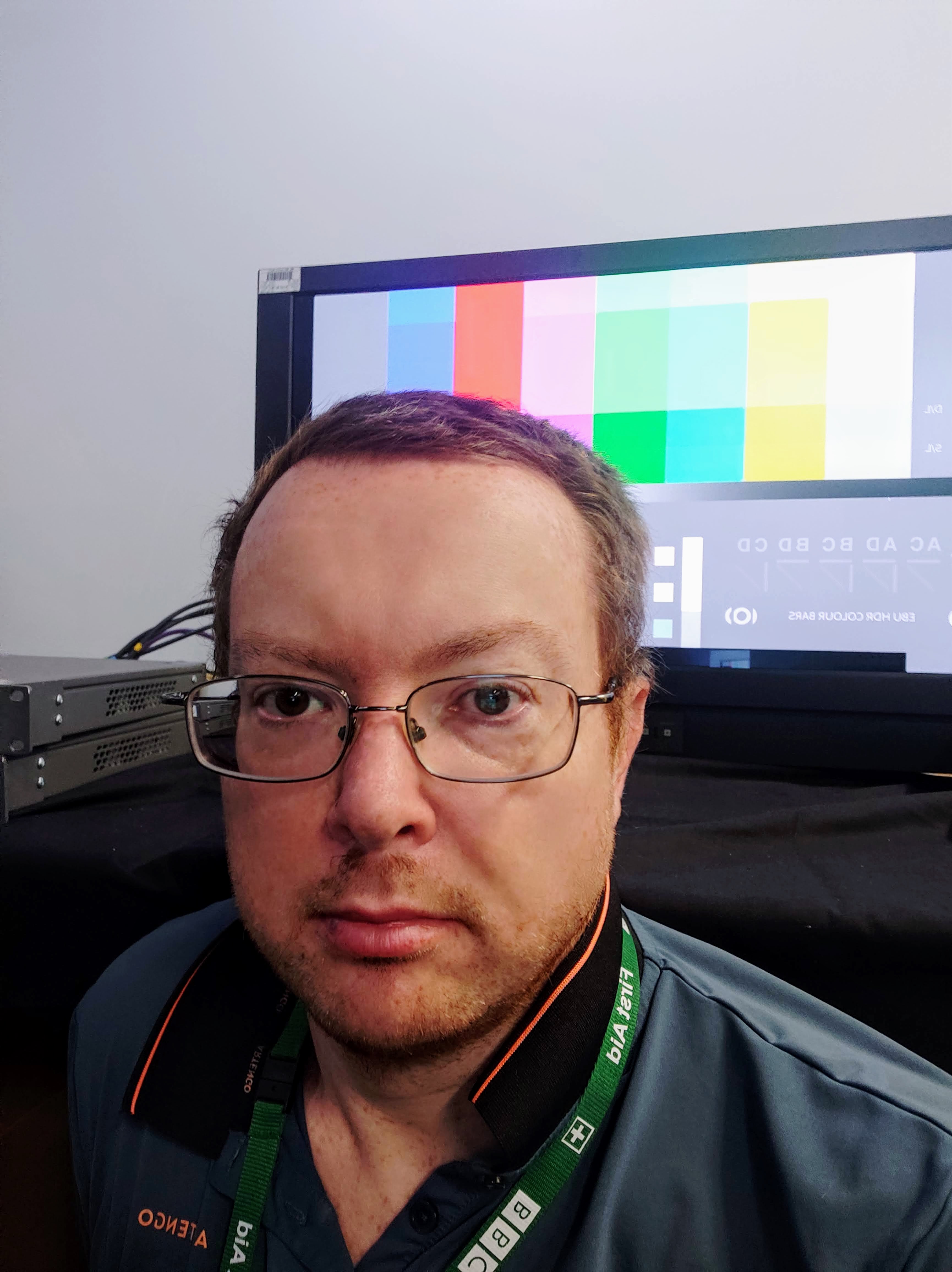- 2024
- Spectral Imaging Experts' Day
- Upcoming ICC Meetings
- 2023
- London Meeting Invited Speaker session
- 2022
- HDR Experts' Day
- 2020
- ICC DevCon 2020
- Munich, 10-11 February
- 2019
- ICC Color Experts' Day, Bressanone
- 2018
- ICC Color Symposium Hong Kong, 22 October
- Grand Rapids, MI, 30-31 May
- ICC DevCon 2018
- Munich, 25-26 February
- 2017
- Ryerson Toronto Graphic Arts Day, 13 October
- Toronto, 11-12 October
- Prague Graphic Arts Experts' Day, 29 June
- Prague, 27-28 June
- Tokyo, 19-20 April
ICC HDR Experts' Day
Abstracts and speaker bios
 |
Introduction to HDR: challenges and opportunities
William Li
Bio:
|

|
Reverse tone mapping: state-of-the-art, current trends, and limitations
Mekides Abebe
Due to preceding dynamic range advancements of digital image acquisition devices than that of the display and printing technologies, most of the High Dynamic Range (HDR) imaging research as well as standardization efforts have been focused on perceptual modeling and compression of dynamic ranges. In recent years, however, HDR display devices have been increasingly commercialized and used by the end users. At the same time, most contents which have been available so far and being currently created have low dynamic range and suffers from various quality degradations because of sensor saturation and unprofessional acquisition setups. Therefore, the enhancement and the adaptation of standard dynamic range (SDR) contents for the new HDR systems is becoming more relevant. Accordingly, various perceptual as well as computational research are being introduced for reverse tone mapping (rTMO) and quality enhancement purposes. In this presentation, I will be briefly reviewing the state-of-the-art and current trends of rTMO solutions. I will explain perceptual model based as well as empirical based solutions and the current machine learning based approaches. Finally, the limitations of current standards and color management systems will be discussed in rTMO scenarios.
Bio:
|
 |
The Perceptual Quantizer: design considerations and applications
Timo Kunkel
HDR has found widespread adoption in both consumer and professional imaging and display ecosystems. To facilitate this HDR experience, many of these ecosystem steps rely on the Perceptual Quantizer or 'PQ' EOTF, and since its standardization in SMPTE ST.2084, and later ITU-R Rec.2100, PQ is widely used in tools and applications related to content production, mastering, content review & approval. The EOTF is also commonly used with content deployment to consumer display devices such as TVs, mobile phones or tablets to present movies, episodic content, live broadcasts as well as video games and computer GUIs. Being an absolute EOTF, PQ can directly encode absolute luminance levels from 0 to 10,000 cd/m2, with quantization intervals following uniform detection thresholds. Due to this, calculations and transforms can refer to and draw accurate decisions, which is beneficial e.g., for content mapping. This presentation will discuss the typical applications and high level HDR workflows of which PQ is a crucial component. This includes signal distribution as well as typical conversion and signal adjustment steps, such as signal clipping and tone-mapping approaches for consumer and professional display. Further, approaches such HDR metadata and ambient light compensation using absolute measurements of viewing environment illumination will be addressed.
Bio:
Timo has published and taught about HDR concepts and technologies throughout our industry for many years. He is also a member and technical expert with the ICC, SID ICDM and IEC TC100 and 110. In addition, he worked as a professional architecture and landscape photographer in Europe and the US, winning several prizes with images combining HDR and computational photography aspects. He holds a PhD in Computer Science from the University of Bristol, UK, and a MSc from the University of Freiburg, Germany. |
 |
HDR Production: Choosing Format Conversion Look-Up Tables
Simon Thompson
Hybrid Log-Gamma is one of the two High Dynamic Range (HDR) formats standardised by the International Telecommunication Union. In this session we look at what Hybrid Log-Gamma is designed to achieve and how we developed a workflow that allows the production of HDR and Standard Dynamic Range (SDR) video from a single set of equipment. We will also look at the range of format transformations required to support these workflows and how the speaker thinks they will change in future.
Bio:
He is currently chair of the European Broadcasting Union Video Systems group, and a member of the International Telecommunication Union Research Group 24, World Wide Web Consortium Media Group and the Digital Television Group's Production Technology group. He is also on the Editor Board for the Society of Motion Picture and Television Engineers' Motion Imaging Journal. Simon holds a Master of Engineering degree in Electronic Engineering from the University of Southampton and is a Chartered Engineer.
|
 |
Thoughts on HDR Colour Management Using Version 5 ICC Profiles
Max Derhak
ICC colour management involves both definition and rendering of colors using open, cross platform mechanisms. However, HDR colour management provides various challenges using legacy V2/V4 ICC profiles involving limits in Profile Connection Space (PCS) and transform encoding. Such challenges will be discussed along with several approaches that can be used with V5 ICC profiles that directly address such challenges. Additionally, an exploration of algorithmic based tone mapping using V5 abstract profiles will be presented. Bio Max Derhak has worked for Onyx Graphics Inc. since 1990 where he currently functions in the role of Principal Scientist. Max has a Bachelors in Computer Science from the University of Utah, a Masters in Imaging Science at The Rochester Institute of Technology, and a PhD. in Color Science from RIT. Max admits to having a passion for both color and color technology. He was an initial contributor to the open source SampleICC and ICCXml projects which he continues to maintain. Max serves as a Co-Chair of the ICC as well as the Chair of the ICC Architecture Working Group, and has been a primary driving force in making iccMAX a reality. Max is also the initial contributor and maintainer of the iccMAX reference implementation - RefIccMAX.
|
|
|
ISO TC42 development of ISO TS 22028-5 Colour encodings for HDR still images
Nicolas Bonnier
Bio:
His background is in digital imaging, color and perceptual image quality. Dr. Bonnier graduated from ENS Louis-Lumiere, with a major in photography (2000), received his MS in electronic imaging from Université Pierre & Marie Curie (2001) and his PhD in image processing from Telecom Paristech (2008).
|
|
|
Objective metrics for HDR
Chris Seeger
|
|
|
HDR workflows: ITU vs ICC
Luke Wallis
|
|
|
CIE 8-18 Guidelines for definition and evaluation of HDR images
Mekides Abebe
|

